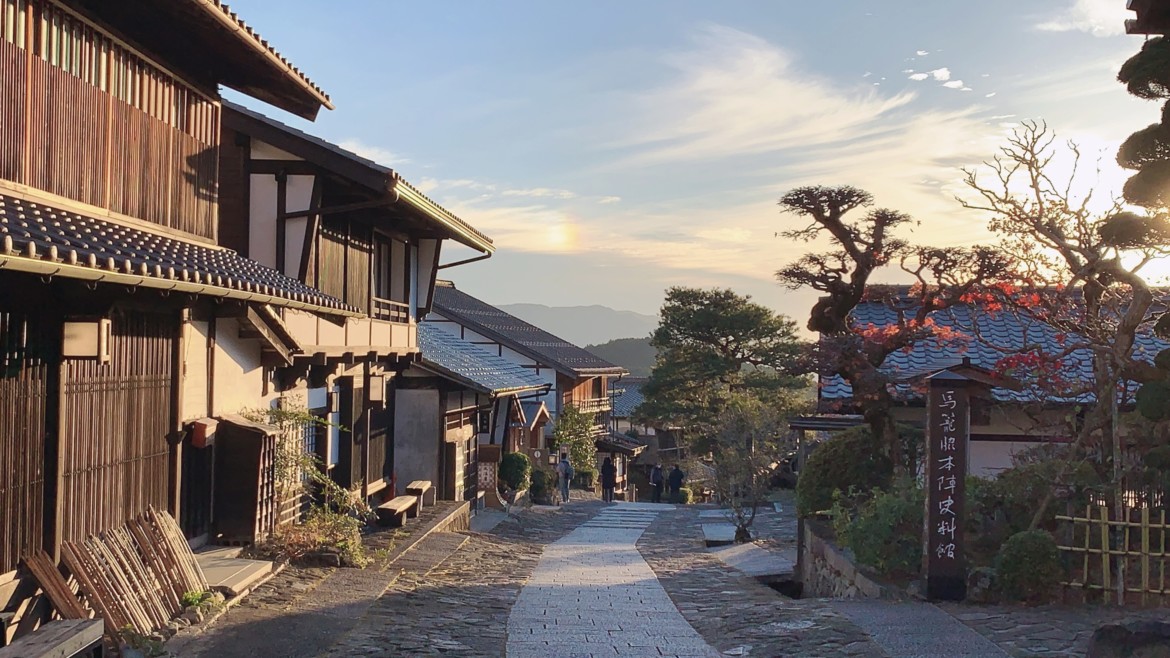In your country, what kind of particles are used to count things?
In Japan, a wide variety of particles are used to count things.
There are so many different types of particles that even Japanese people sometimes make mistakes.
In this article, I would like to introduce how to count Japanese musical instruments.
First, let’s start with the shamisen.
The guitar, which is similar to the shamisen, is counted using “hon” (本), but the shamisen is counted using “chou” (挺) or “sao” (棹).
Chou” (挺)is a particle used to count long objects. The word “sao”(棹) comes from the Japanese word “sao” for the pole of the shamisen.
Next, how about the shakuhachi?
Recorders, which have the same vertical flute as the shakuhachi, are counted using “hon” (本), while the shakuhachi is counted using “hon”(本) or “kan” (管).
Finally, what about the sou-no-koto (the instrument we now commonly call the koto)?
While the harp, also called tategoto (竪琴) in Japanese and containing the same kanji as koto (琴), is counted using the character “dai” (台), the sou-no-koto is counted using the character “chou (also read hari) ” or “men (面)”.
Incidentally, chou is written “張” in kanji.
Since it is a stringed instrument, it is counted using the character “張”. (In Japan, “stringing” is expressed as “gen-wo-haru (弦を張る).
It is also said that “men(面)” is a word for counting Japanese instruments played on the surface part.
By the way, has anyone noticed that “chou” for counting sou no koto and “chou” for counting shamisen are different kanji?
It seems kind of complicated, but don’t you think it would be a connoisseur if you could count Japanese musical instruments correctly?



Leave a review